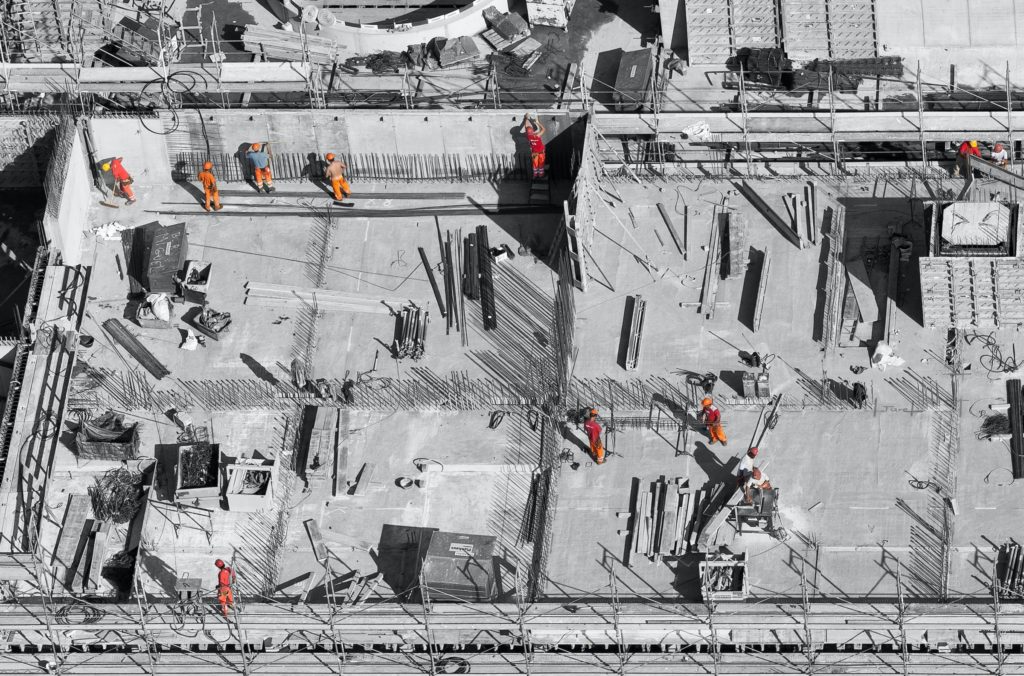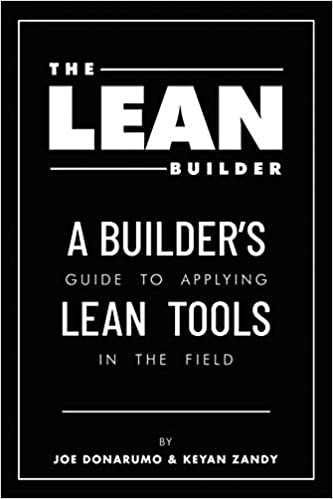It was surprisingly chilly on Monday morning as Sam Brooks, Project Superintendent for ProCon Builders, pulled into the parking lot. His dashboard’s thermostat told him it was fifty-two degrees outside, and he took a long swig of black coffee from his Thermos as he surveyed his vacant jobsite through the dusty windshield. It didn’t look like much right now, but Sam felt like he already knew every inch of the facility he was building.
It was the kind of project any superintendent would be excited to have for his own: a beautifully designed three-story medical office building, totaling 75,000 square feet, located within a bustling suburb of Dallas–Fort Worth.
He checked the time. The subcontractor meeting was in only thirty minutes; he still needed to review and print copies of his schedule and get the coffee brewing before the men hit the trailer. He wanted to set the tone by being prepared.
Roberto Garcia, with B&B Electric, was the first to arrive, as usual, and he’d thoughtfully picked up a couple dozen doughnuts on his way in. The other trades slowly shuffled into the trailer’s cramped meeting room, and the men occupied themselves with their phones or laptops. Despite the hot coffee and sugary breakfast, Sam could tell that the mood in the room was as chilly as the temperature had been in the parking lot. To break the ice, he tried to start the meeting by asking everyone about their weekend, but no one seemed to notice. Bobby MacRae, with A+ Drywall, never looked up from his phone. Hank Hansen, the mechanical foreman for Omni Mechanical, and Jim Richards, the plumbing foreman for Infinity Plumbing, were busy picking over what was left of the doughnuts, and Tom Moretti, the foreman from Five Star Fire Suppression, was frowning at the schedule Sam had laid out on the table in front of him.
Does this scenario sound familiar?
Unfortunately, the scene from The Lean Builder by Joe Danarumo and Keyan Zandy describes the reality on many construction sites today.
There are still superintendents, foremen, and trades who struggle with lack of communication, coordination issues, and other kinds of wasteful occurrences that rob the project of time and money. As a result, they and their teams are frustrated and overworked.
Luckily, there’s a better way to make the construction industry safe, more productive, and a great place to work.
It’s called the Last Planner System™
And with it comes a bunch of great tools to help those doing the work in the field leverage the power of teams and excel in their project:
- Daily Huddles
- Visual Communication
- The “Eight Wastes”
- Managing Constraints
- Pull Planning
- Percent Plan Complete.
The Last Planner System™ in Construction
The Last Planner System™ covers many of these metrics but it’s up to each team to make them visual. So, how can we achieve this?
#1 - Keep it simple.
Our main scoreboard has only four metrics on it:
- Days ahead/behind the current milestone,
- Days ahead/behind on the overall schedule,
- Weather days, and
- Days remaining in the project.
Yes, we share the real number of days remaining in the project with our trade partners. We are a team, and we should all be dialed in to the amount of time left in the project. Every day counts, and we should all know what’s left on the timeclock.
#2 - Make it easy to tell if you’re winning or losing.
Use colors, charts, infographics, etc., to make sure the field can easily understand the score and the metrics being tracked. The Last Planner System’s™ Three-Week Look-Ahead and Percent Plan Complete tools are great places to start. Our three-week look-ahead boards display upcoming milestones dates for the field teams to reference.
#3 - Percent Plan Complete Boards
Our Percent Plan Complete boards track the score of how well the team is keeping their commitments to one another. The Percent Plan Complete board can be printed on plotter paper or drawn onto a whiteboard; either way, it should be displayed where you have your daily huddles. You can build your Percent Plan Complete board with the following categories:
- Activities Completed
- Activities Promised
- Weekly Team Percentage
- Root Cause Categories
- Root Causes for Work Missed
- Twelve-Week Snapshot
After your final huddle of the week, tally up the number of activities completed and divide by the number of the activities promised. This will yield a percentage of commitments met.
You can also track root causes for work that was not completed. Predetermined root causes for missed commitments are:
- Weather
- Manpower
- Machinery
- Design
- Make-ready
- Materials
- Poor scheduling
- Other
A root cause pie chart can be a great way to visually understand what categories the root causes are coming from. And by dividing the number of root cause types by the number of missed commitments, you will have the root cause percentage by type. This helps to identify trends on the project, such as manpower shortages, slow design response times, and weather impacts.
#4 - Make it public.
It’s important that your scoreboards are in a place where the trade partners can see them. Upcoming milestones, days left in the project, commitments made/missed are all displayed as part of our Lean dashboard system, which is accessible to everyone. Sharing goals, progress, success, and failures with the team increases the odds that accountability will set in and performance will improve. Post this information up around the jobsite. Turn up the heat and see the results that you achieve.
#5 - Update it every week.
Update your visual metrics weekly. Your teams need accurate information, and it will allow foremen to have conversations with their tradespeople about weekly results, improved performance, and constraints that may be in the way of an upcoming milestone. By closely watching the handful of scores that really matter, the field can be more flexible and change strategy if needed.
Great field teams know every day if they are currently successful and what is required to win the game. It’s important that we share metrics that explain where the field is versus where they should be, because this information allows field leaders to solve real problems and make informed decisions.
Want to dig deeper?
Get Your Copy of The Lean Builder
Visit The Lean Builder website
Read an excerpt from The Lean Builder
More on the Last Planner system
What Pull Planning in Design and IKEA have in common
Getting Smart with Pull Planning in Design
Building Complex Capital Projects with Lean IPD
Keyan Zandy is a longtime Lean practitioner, enthusiast, and advocate. As Skiles Group’s COO, he has a dual focus on client service and on nurturing progressive company culture. He is responsible for the firm’s daily operations and the improvement and practice of their Lean operations. Keyan is the co-author of The Lean Builder: A Builder’s Guide to Applying Lean Tools in the Field, which simplifies and clearly articulates the benefits of seven primary Lean concepts, and delivers them in a highly relatable, immediately applicable, and field-friendly manner. He also holds a patent for an award-winning crisis management communication and emergency response tool called Smart Safety where he serves as CEO.




